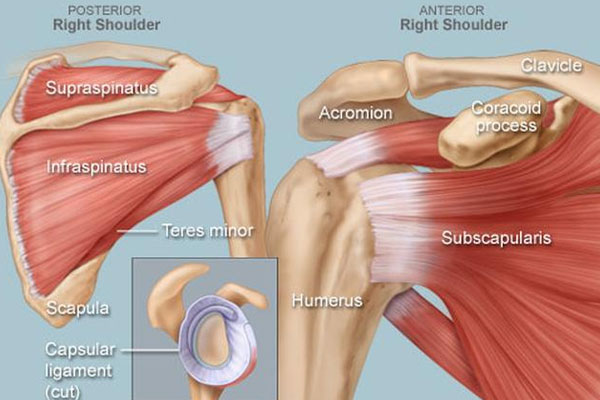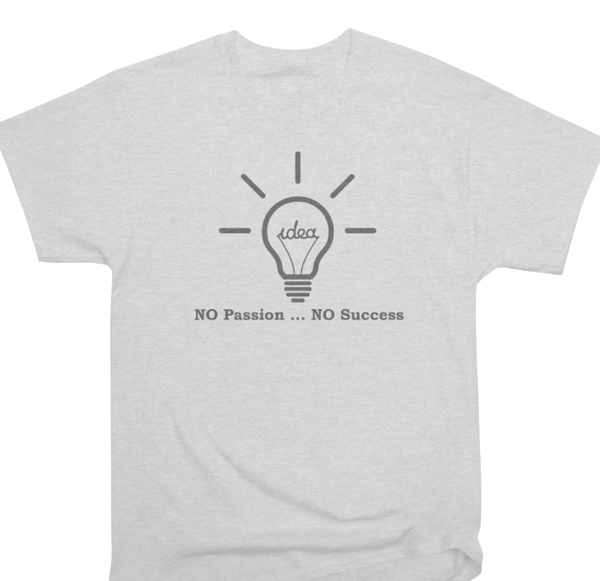Rotator Cuff Training

Protect your should joint. Make sure you are working the rotator cuff muscles
Your rotator cuff in your shoulder is made up of four muscles. These individual muscles combine at the shoulder to form a thick "cuff" over this joint. The rotator cuff has the important job of stabilizing the shoulder as well as elevating and rotating the arm. Each muscle originates on the shoulder blade, or scapula, and inserts on the arm bone, or humerus.
Supraspinatus:
The supraspinatus muscle originates above the spine of the scapula and inserts on the greater tuberosity of the humerus. The supraspinatus abducts, or elevates, the shoulder joint out to the side. It also works with the other rotator cuff muscles to stabilize the head of the humerus in the glenohumeral joint, or shoulder joint.
Infraspinatus:
The infraspinatus muscle originates below the spine of the scapula, in the infraspinatus fossa, and it inserts on the posterior aspect of the greater tuberosity of the humerus. The infraspinatus externally rotates the shoulder joint. It also works with the other rotator cuff muscles to stabilize the head of the humerus in the glenohumeral joint, or shoulder joint.
Teres Minor:
The teres minor muscle originates on the lateral scapula border and inserts on the inferior aspect of the greater tuberosity of the humerus. The teres minor muscle externally rotates the shoulder joint. It also works with the other rotator cuff muscles to stabilize the head of the humerus in the glenohumeral joint, or shoulder joint.
Subscapularis:
The subscapularis muscle originates on the anterior surface of the scapula, sitting directly over the ribs, and inserts on the lesser tuberosity of the humerus. The subscapularis muscle works to depress the head of the humerus allowing it to move freely in the glenohumeral joint during elevation of the arm. It also works with the other rotator cuff muscles to stabilize the head of the humerus in the glenohumeral joint, or shoulder joint.
All four rotator cuff muscles work together to centralize your humerus bone in the shoulder joint. When you lift your arm up, your rotator cuff muscles pull the joint together, stabilizing your shoulder. If you have suffered an injury to your rotator cuff, you may experience pain or weakness when lifting your arm. Your rotator cuff injury may cause difficulty with basic functional tasks like lifting, reaching, or sleeping. Sometimes, shoulder pain can come on for no apparent reason. Wear and tear of the rotator cuff and shoulder joint may occur due to repetitive stress and postural neglect. When this happens, different structures around your rotator cuff may become injured.

The take-away.
Working to maintain healthy joints, avoiding overhead and repetitive strain on your shoulders, and maintaining proper posture can help you avoid painful shoulder injuries. But not all injuries can be avoided; sometimes trauma in sports or after a fall can inure your S.I.T.S. muscles and leave you searching for treatment for your rotator cuff.
… Just do something. The results will Come!!!!
Call Steve, In-Training Sports | 561-281-8330
In Training Sports
www.intrainingsports.com
Personal Trainer,
servicing West Palm Beach, Palm Beach, Wellington and Jupiter Florida
3131 Village Blvd, #305
West Palm Beach, FL 33409